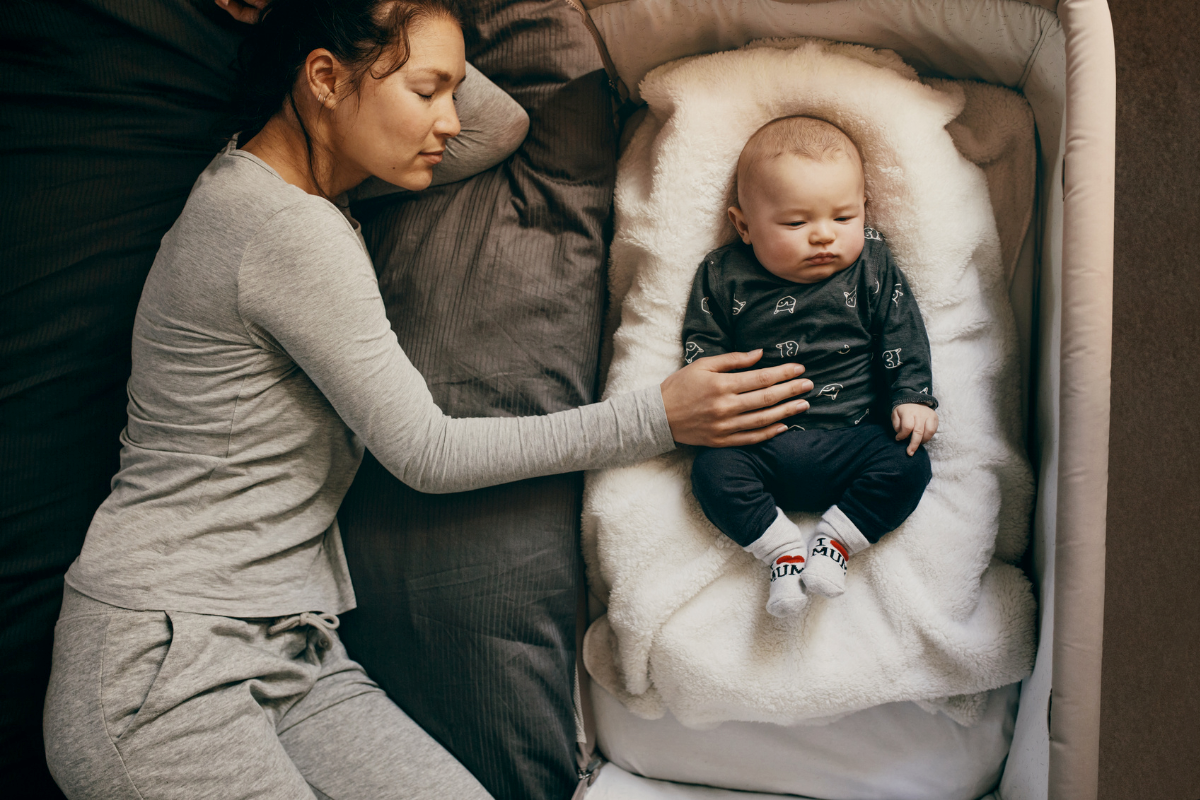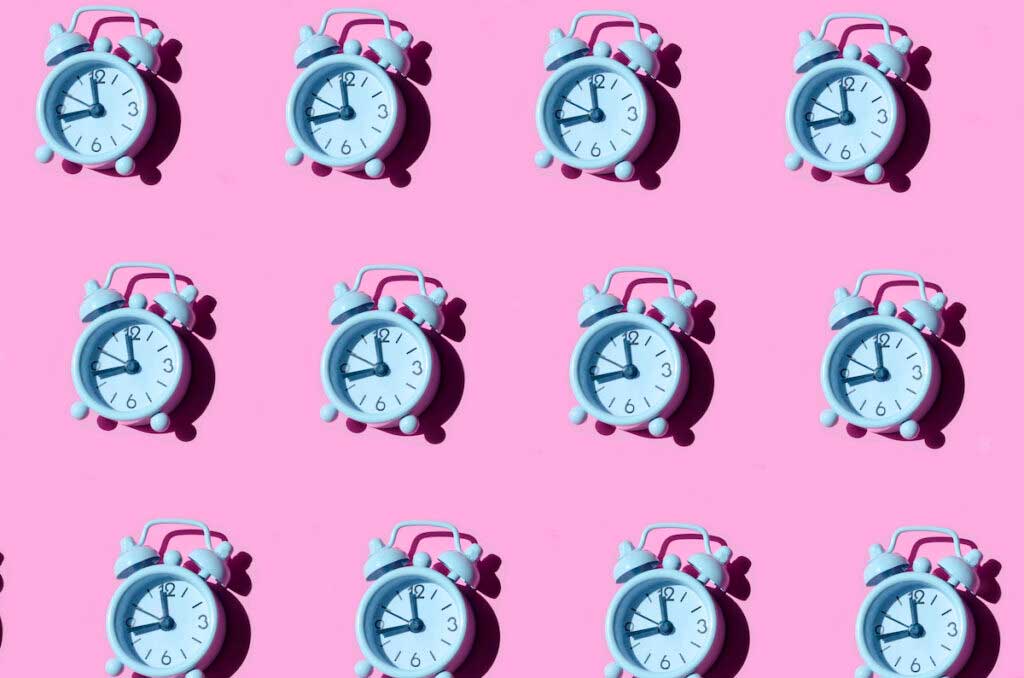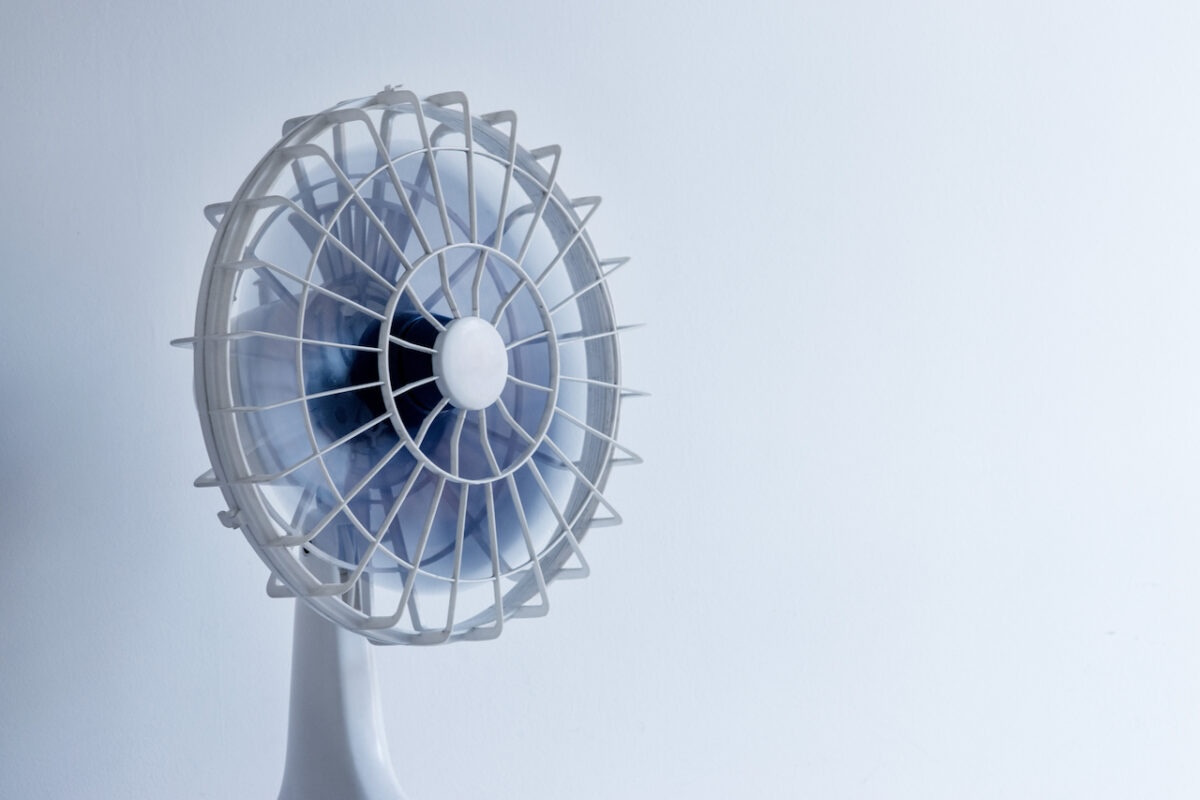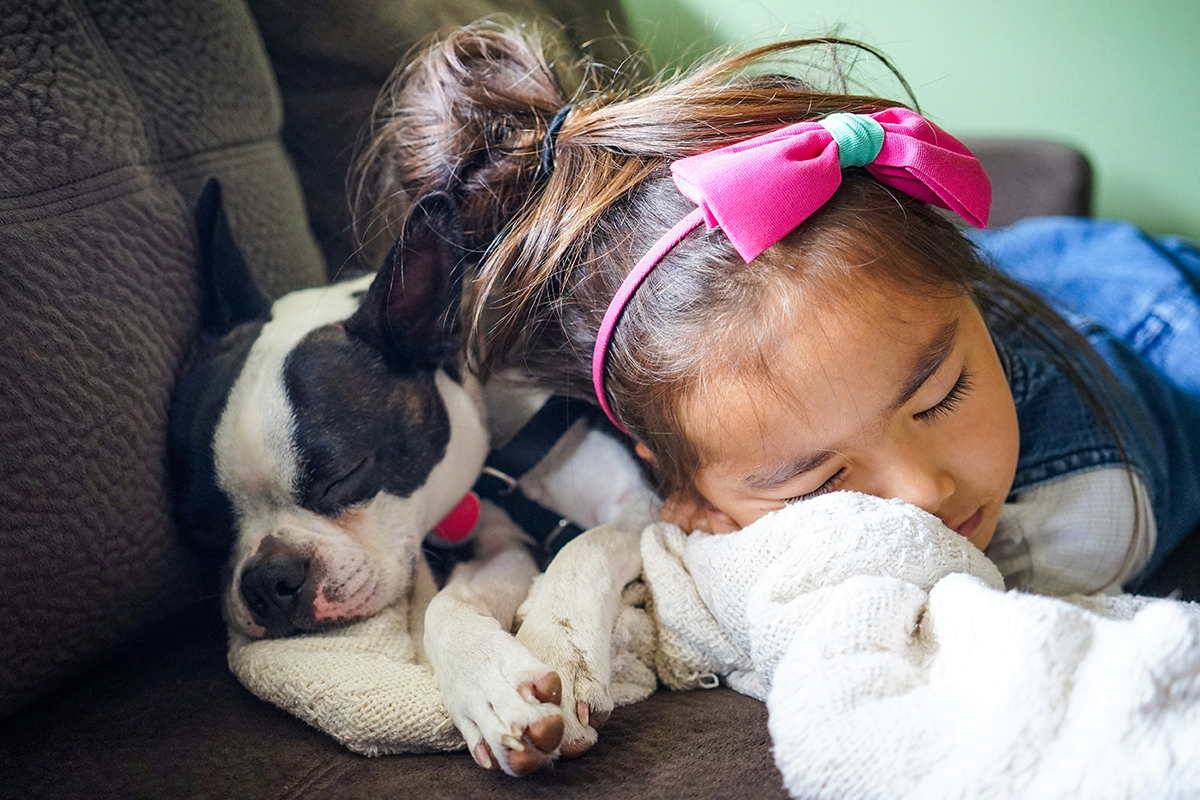Our 4-year-old, who had been a great sleeper, has started to get up multiple times in the night. He falls asleep independently, but then in the middle of the night he gets out of bed and then comes to our room, causing us to wake up and put him back to bed. We want to get back to our great sleep habits. Are there any studies or data around sleep-training techniques for preschoolers, especially which techniques are best for the dreaded middle-of-the-night wake-ups?
—Tired Again
I deeply sympathize with this. I have one child who has always been a great sleeper, and I can recall only one time — after a nightmare in which her brother was hurt — that she came into my room. I have a second child who is mostly fine but will go through periods in which he comes for a hug in the middle of the night. It’s not disruptive the way it was when I was rocking him for an hour to get him to bed, but it’s frustrating to wake up at 3 a.m. for any reason.

In kids, habits form fast. A day or two of wake-ups for concrete reasons, and you’re in a cycle in which any wake-up results in the same behavior. Which is where you find yourself.
How do you break this? It’s most appropriate to think about it the way you’d think about any kind of positive behavior change — some combination of consistency and, probably, rewards. On consistency: make sure the return to bed is consistent and, ideally, not fun. It’s not a cool opportunity to hang out. He just gets returned to bed and you leave.
And then, rewards. For example: a sticker for every night he doesn’t come to your room, and once you get a set number of stickers, a reward (ice cream, a stuffed animal he’s been eyeing, a chance to choose dinner … whatever you think he’d want).
There are more extreme approaches to this that require more short-term investment. I talked to someone once who addressed this by having her partner sleep outside of the child’s room for a week so he couldn’t get to the bedroom. This would also work. It’s a bad week, though.
The good news: these habits form fast, but new ones can too. A consistent approach for a week is likely to get you to a better place.
Community Guidelines
















Log in